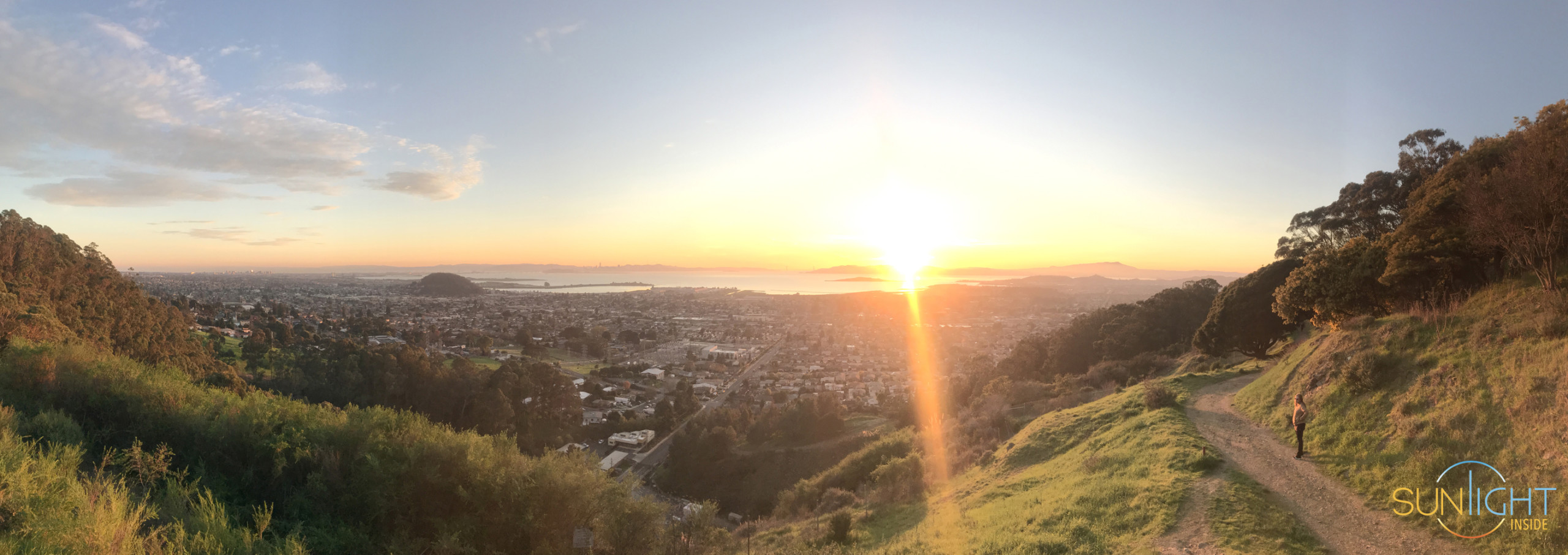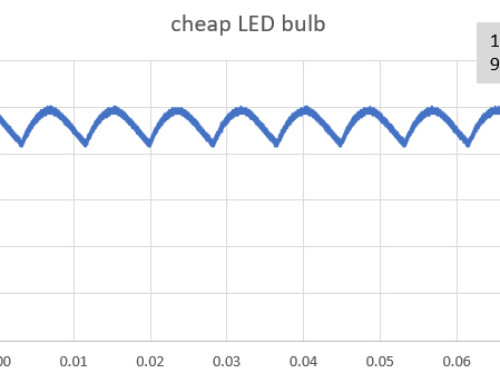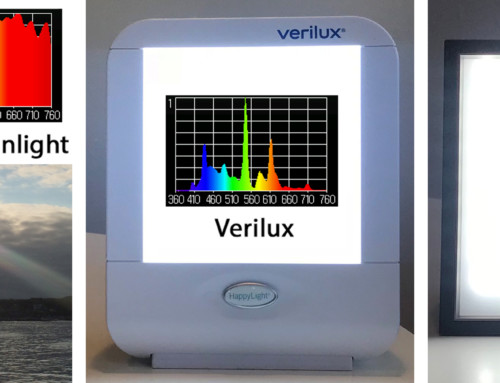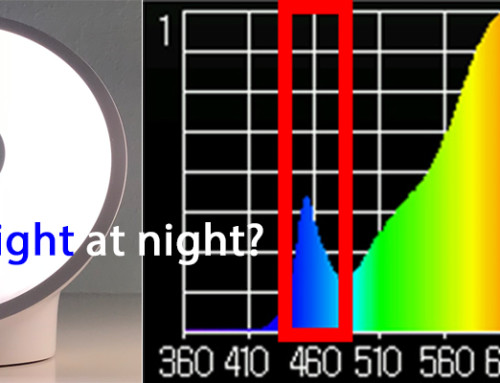With shelter in place, most of us are spending more time indoors than ever, doing our part to ‘flatten the curve’. In addition to the social isolation, and the anxiety, staying indoors further disconnects us from the biorhythms which regulate our mood, sleep and overall well-being. We depend upon a strong daily light/dark cycle to feel and sleep our best. Our circadian rhythms – our daily activity, rest and hormone cycles — are regulated by exposure to natural light (for more on this see our science page). Exposure to bright natural light during the day tells us when to be awake and alert, lifts our mood, and makes it easier to sleep at night. Without darkness at night (the absence of bright blue right night), our Melatonin is suppressed, and we don’t relax, recover and sleep well. Unfortunately, the artificial light in our homes is not bright enough to provide the ‘awake and alert’ signal we need during the day, and is generally too bright at night, to provide the queues we crave to feel our best. The good news is that we can do a few simple things to help cope while we shelter in place during these difficult times!
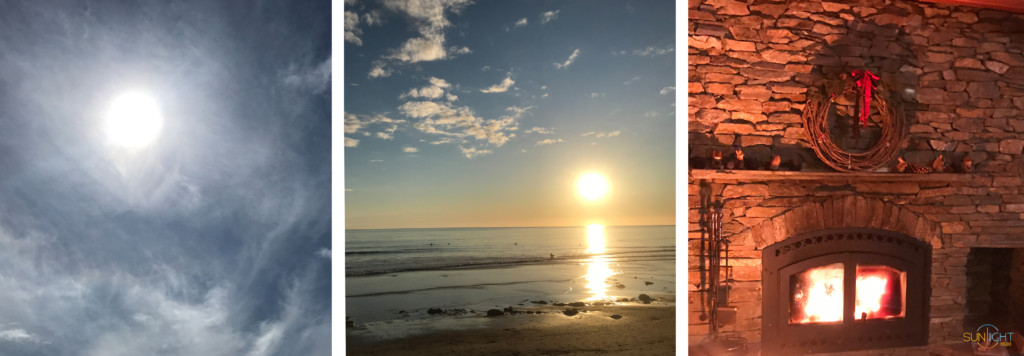
The daily cycle of natural light, from bright and blue rich to soft and blue-free, synchronizes our biorhythms.
Four tips for feeling our best while we shelter in place:
(1) get outside, if you can safely. Studies show that exposure to as little as 15-20 minutes of bright daylight each morning helps anchor our circadian rhythms, lift our spirits, and improves our sleep at night. You don’t have to exercise, and it doesn’t have to be a sunny day — just find a way to (safely) be outside each morning!
(2) sit next to a south or east facing window in the morning. Spending 30-60 minutes next to a brightly lit window each morning can work wonders by providing the ‘awake and alert’ signal we crave. Natural light from a window is generally 10-100x brighter than any artificial light in your home, so place a comfy chair, or your desk, near your favorite window and you’ll feel and sleep better!
(3) avoid/minimize exposure to artificial light at night. Exposure to bright blue-rich light at night is very disruptive, interfering with our sleep, and recovery cycle, as well as our metabolism and overall health (for more this click here). Fortunately, there are simple things we can do to reduce the impact = physicians recommend dimming the lights around you and minimizing the use of near-eye screens for at least two hours before bed. If you must use your device, turn on the night-mode feature which alters the color and intensity of your screen with the time-of-day. If you’re particularly sensitive, consider using only blue-free light sources at night, or wearing glasses which keep blue light from reaching your eye.
(4) choose lights which mimic natural light. For those who need more natural light, there are specially designed ‘therapy’ lights which provide the ‘awake and alert’ signal we crave during the day. To minimize the disruption of artificial light at night, you can now purchase light bulbs which provide blue-free light. Consider outfitting your desk with a light that provides bright daylight and using only blue-free lighting in your bedroom. At Sunlight Inside we make table and desk lamps which provide the full range of natural light automatically = bright stimulating light during the day, and naturally relaxing blue-free light at night. Check out how our natural light lamps can brighten your home.
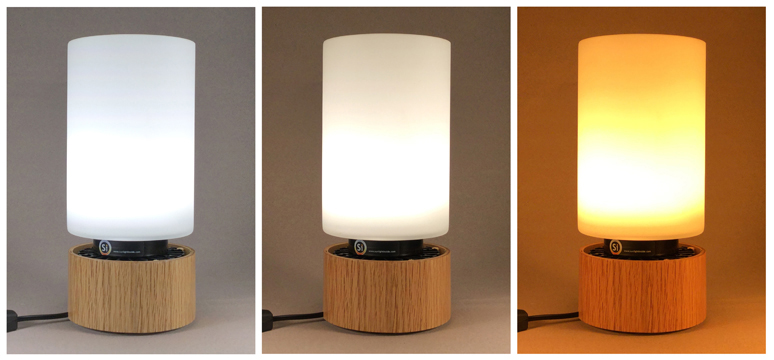
Lamps made by Sunlight Inside automatically deliver the daily cycles of natural light.
Practicing these four healthy lighting habits will support your health and mood by providing the clear difference between night and day we need to feel our best. Extra special thanks to our front-line healthcare workers, you are our heroes!

